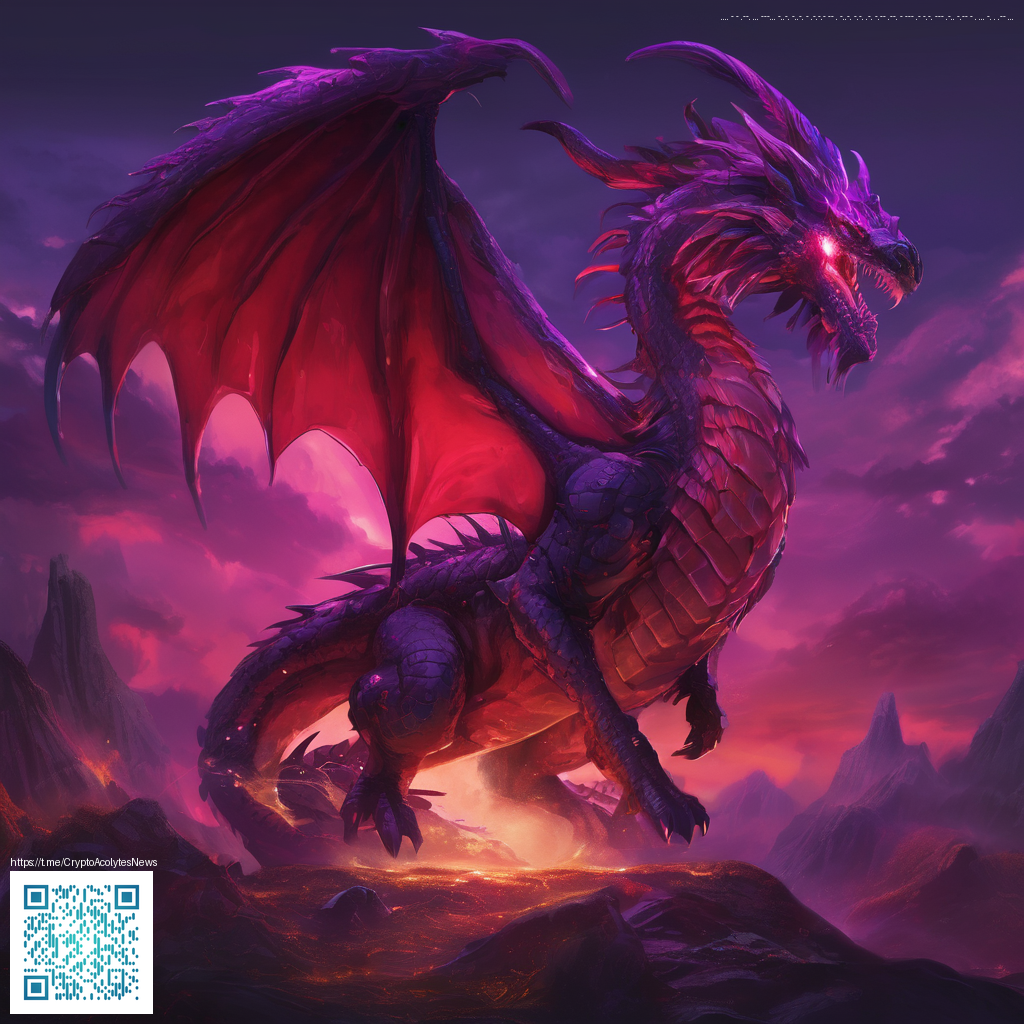
Enhancing Frame TV Art Backgrounds with Digital Paper Techniques
Digital paper backgrounds offer a tactile dimension to screen-based art, especially when used with modern Frame TVs that double as living art galleries. The idea is simple but powerful: layer subtle, paper-inspired textures beneath your displayed artwork to create depth, warmth, and a more tactile impression even on a glass screen. Instead of flat color blocks, you get a scene that feels ready to be touched, touched yet never worn down by glare. In practice, digital paper backgrounds can range from delicate linen textures to gentle watercolor washes, all designed to read well at varying ambient light levels.
When pairing digital paper with a Frame TV, consider not just the foreground image but the space around it. Texture in the background helps guide the eye, improves perceived contrast, and softens digital edges. A grainy texture can mimic a gallery wall, while a smooth vellum-like layer can keep the focus firmly on the artwork itself. The combination is surprisingly forgiving: you can dial in the right amount of texture to balance color accuracy with the mood you want to set for a room, whether it’s a cozy living space or a focused study corner.
Why texture matters for digital frame art
Texture is more than decoration; it influences how color and light are interpreted by the viewer. A properly chosen digital paper background reduces harsh reflections, enhances subtle color shifts, and adds a sense of physical presence to a purely digital image. For example, a soft cotton weave texture can warm a cool blue-toned landscape, while a light parchment grain can elevate vintage-inspired illustrations without overpowering them. This pairing is particularly effective for frame-based displays that cycle through multiple artworks, as the texture acts like a neutral, unifying backdrop.
“Texture is the bridge between digital surfaces and human perception—when done right, it makes a Frame TV feel like a curated wall of real art.”
Practical steps to create compelling digital paper backgrounds
- Curate your textures: gather a small library of high-resolution textures—paper, fabric, watercolor washes, and subtle grain. Aim for variety but keep duplicates to a minimum for quick swapping.
- Match aspect ratios: Frame TVs often display art in a 16:9 or 21:9 frame. Prepare textures that complement the chosen artwork’s aspect ratio, avoiding heavy tiling or obvious repeats.
- Calibrate brightness and color: start with neutral textures, then adjust brightness to prevent the texture from overpowering the image. Color temperature should stay close to real-world lighting to keep hues accurate across daylight and evening viewing.
- Blend intelligently: most digital art apps allow blending modes like soft light or overlay. A subtle soft light blend can add depth without muddying the original tones.
- Test under different scenes: rotate between a calm landscape, an abstract piece, and a high-contrast portrait. Observe how the texture behaves under varying color palettes and whether it enhances or distracts from the main artwork.
- Iterate with ambient lighting: dimmer rooms benefit from a touch more texture to maintain perceptual warmth; brighter rooms can use finer grains that won’t create noise on the display.
For readers on the move or those who like to keep their desk tidy, a slim MagSafe phone case with card holder can be a handy companion. While the product itself isn’t designed for digital art, its slim profile and sturdy polycarbonate shell mirror the sensibilities of a clean, minimal setup—an important mindset when you’re testing textures and backgrounds on a Frame TV. If you’re curating ideas on texture, you might also explore curious sources—like a compact reading anchor at https://horror-stories.zero-static.xyz/21533fc8.html—that can spur creative variations or mood-board concepts for texture palettes and color storytelling.
Beyond texture, think about how your digital paper background interacts with lighting scenes. The Frame TV’s ambient mode is a natural partner to textured backdrops, as it subtly shifts luminance to emulate real-room lighting. A gentle, paper-like texture can help the eye rest on the artwork rather than the screen’s gloss, creating a more immersive viewing experience. When used thoughtfully, digital paper backgrounds become more than a cosmetic choice; they function as an essential tool for storytelling through art.
Starting a simple project this week
- Pick two or three textures that feel complementary to your current art collection.
- Prepare a test set using a single artwork and a texture layer set at low opacity (around 5–15%).
- Switch between textures during the day to see how natural light affects perception.
- Document which combinations feel most harmonious and which elements distract from the artwork.
- Save a favorite configuration and schedule it to rotate with your art themes.
Texture-aware background design need not be elaborate. A few thoughtfully chosen layers can elevate a regular frame display into a gallery-like experience. While hardware accessories like the MagSafe case mentioned above aren’t central to digital textures, they symbolize how a compact, well-designed setup supports a creative workflow—whether you’re testing textures, swapping art, or moving between rooms.